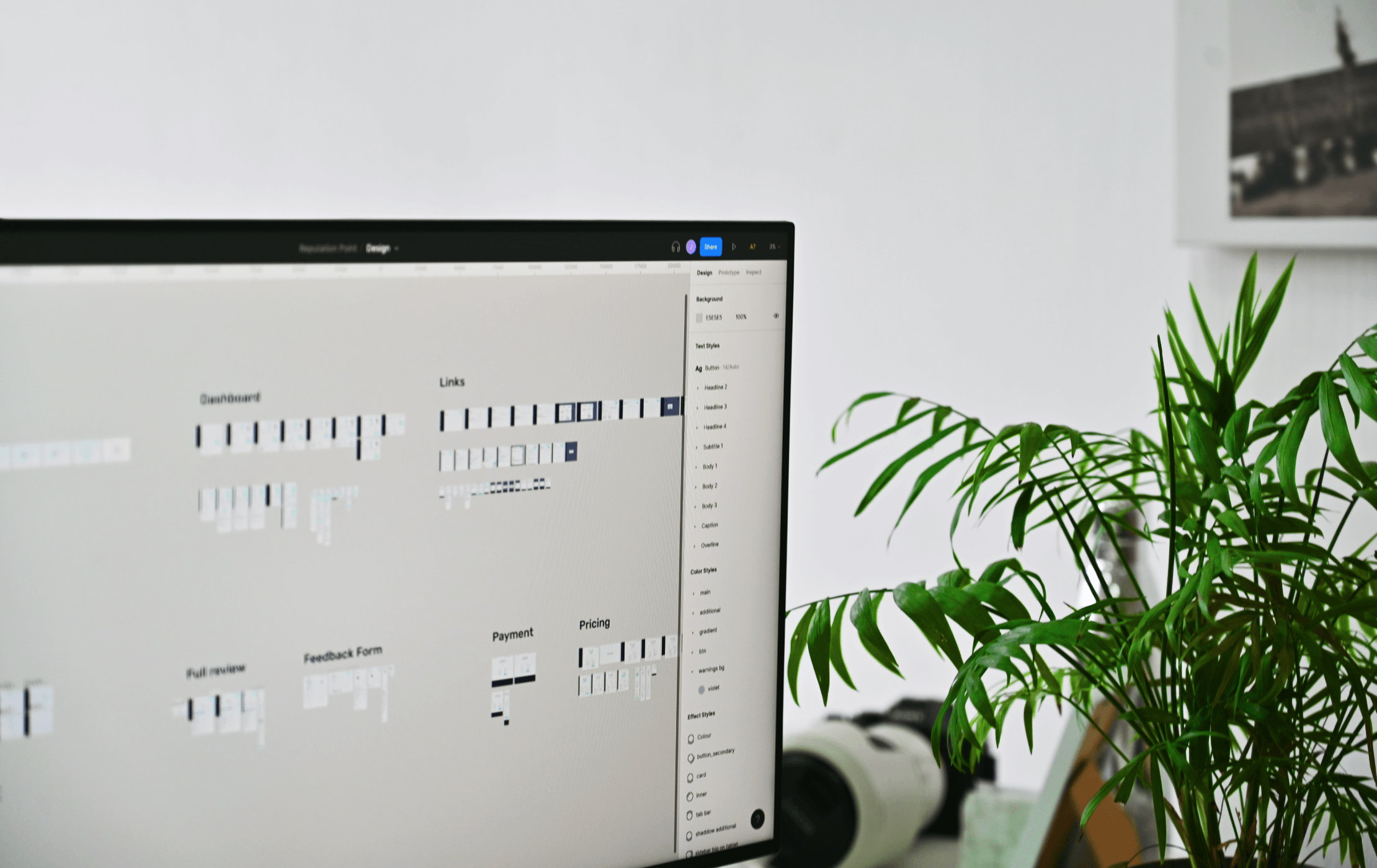
A Pressing Need for Transparency Technology Solutions in Law Firms
Co-authored by: caseresearch.ai
As a regular consumer, how do you choose which product to buy?
Before making a decision, you obviously want to ensure that you are equipped with enough knowledge about the product, the brand, and its advantages over competitors. Also, you will likely be shopping around to get better value for money. But to do so, you need to have easy access to information, which is accurate and fair.
Law firms are no different from consumer businesses. So the behavior patterns of their clients are just the same. Actually, the 2022 research by the Legal Services Consumer Panel (LSCP) proves it. 43% of clients are shopping around for legal services and the main thing they compare is price. Other info they are looking for relates to role descriptions of those who deal with cases, a timeline showing the key stages of the work, and any factors that might impact them.
In other words, clients attribute value to transparency in legal operations and cost predictability. Can your law firm provide this?
Why care about process improvement?

If your answer to the above question is ‘No’, then you will have a hard time competing with other law firms. And the catch is that it’s no longer competition in how professional your team of lawyers is. They might be the best in the league, but you will still be lagging behind your rivals just because your client-facing processes are not quite client-friendly.
Back in 2016, the Competition and Markets Authority (CMA) together with the Legal Services Board published a comprehensive study. They found that legal companies fail to meet customer expectations — specifically those of individuals and small businesses. The clients can’t make an informed choice of legal services because there’s little transparency about their processes.
Guided by these findings, the authorities came up with minimum transparency requirements for legal services and their pricing. They called for revealing the following information to clients (*Source: CMA):
Price
- Pricing and charging model
- Fees per hour
- Factors and scenarios affecting fees
- Cost per case stage
- Potential disbursement
- Factors determining the price
Service
- Description of legal services
- Experts participating in case handling
- Main service stages
- Approximate deadlines for case completion
- Factors affecting deadlines
4 years later, in 2020, the CMA revisited the transparency issue and assessed how the legal services sector changed. The result was somehow predictable given the change-averse nature of a legal landscape. Although there was some progress in the adoption of recommendations, it has had a limited impact on overall client engagement. This might imply that those transparency initiatives are not enough and should be applied at a larger scale.
What’s in it for you? — It’s time to act.
New audience = new approach
This trend for legal transparency is here to stay. Moreover, it has already become an industry standard dictated by the new generation of customers — i.e. digital natives who have no tolerance for services that don’t deliver what they expect.
And they expect improved customer experience.
For new-gen clients, the quality mark of your legal services is not accreditation. In fact, they don’t really care about it. The new clients prioritize autonomy, fast exchange of information, and flexibility.
Modern clients are different. And this implies that your law firm also needs to evolve to stay relevant.
Transparency in client-facing processes
There have already been efforts to modify traditional processes in order to foster legal innovation. Market studies even anticipate a bullish trend for digitization and automation of law firms over the coming 5-7 years. The goal is to enhance the efficiency of legal teams by optimizing information processing, time management, and overall performance. But what is missing here?
There’s no focus on clients and their experiences. And as we know now, clients want transparency in order to engage with a legal team confidently. Therefore, new technology for law firms must bring just that.
Pricing
If you refer to the CMA research once again, one of its focal points is a lack of transparency in the pricing of legal services. But it is also the most obvious one because this is something that interests customers (of any sector) the most.

If the client doesn’t see a clear price tag for your services, they can’t make an effective buying decision. Also, driven by a common misconception of legal services’ high cost, the client might think that they just can’t afford to hire your law firm and therefore, quit. They will then go to your competitor whose price information is open to public and highly likely, choose to cooperate with them because they meet the client’s most basic need for budget planning.
Now, consider this stat — 52% of customers look for a price when shopping around — and think how many potential clients will you lose if you don’t add transparency to pricing?
The beauty of this issue though is that it is easy to solve. For this, you don’t need to invest in a new law firm technology. You just need to make the price information readily available to clients right at the search stage. This means you can simply add it to your website.
Case handling
Once the client chooses your firm as the one to go along with, they smash into another transparency issue, which relates to case handling.

Clients are not savvy in law; otherwise, they won’t be seeking legal assistance. Naturally, they want to know what your services include, understand their case journey, and get regular updates on the progress. In other words, the client wants to make sure that your law firm adds value to their business or initiative.
Sure, you can solve this transparency issue by maintaining constant communication with the client — via email, phone, video calls, or face-to-face meetings — and keeping them aware of every minor change. Although it does imply full case transparency, this approach is pretty much time-consuming and can make a dent in the overall efficiency of a lawyer. The perfect balance of transparency and efficiency is achieved by a greater use of technology in law firms.
Today, there are task-specific tracking tools that allow clients to view the case roadmap and its stages, check the status online, and get automated notifications when there are case updates.
Data management and security
Clients provide law firms with the most sensitive information like ID details, financial data, health records, or intellectual property — depending on the type of services used. So they have every right to know how it is handled and how well it is protected.

Along with informing the clients on the data processing policy your law firm sticks to, it’s worth reflecting it somewhere so the client has immediate access to that data. Advanced case transparency solutions account for that by supplementing the case roadmap with a detailed description of stages, documents needed to complete them, and why.
Law firms are also investing in this technology because it often features a secure collaboration channel equipped with:
- Two-factor authentication
- Encryption
- Access control
- One-time pass link, etc.
This is something that only a few email providers or messengers can ensure.
Billing
It is not uncommon that over the course of action, lawyers dig into new details that consequently push the case in a different direction. This translates into additional work and an increase in the original price estimate. So when the client gets the final bill, they might get slightly surprised.
To avoid negative customer experience and increase trust in the brand, a lawyer must clearly communicate why such an increase is the case, as well as timely provide the client with a breakdown of extra hours needed and respective costs. The good news is that modern case-tracking tools fill this gap too.
They immediately reflect logged hours on the roadmap and even connect them to a certain milestone. They are then consolidated into invoices that the client can generate on demand. With that level of transparency, your clients won’t have any doubts as to whether the law firm bills them the accurate amount.
On a final note
The legal landscape is pretty much siloed. This means tech providers should account for all the different activities across legal services when building a connected suite of technologies for them. But unfortunately, in the race for legal space transformation, many tech providers forget about the client side of a legal business. That’s why there’s a lack of client-centric technology used in law firms — such as client portals, status trackers, or even full-featured case transparency platforms. But this has to change. And we can help you with that.






